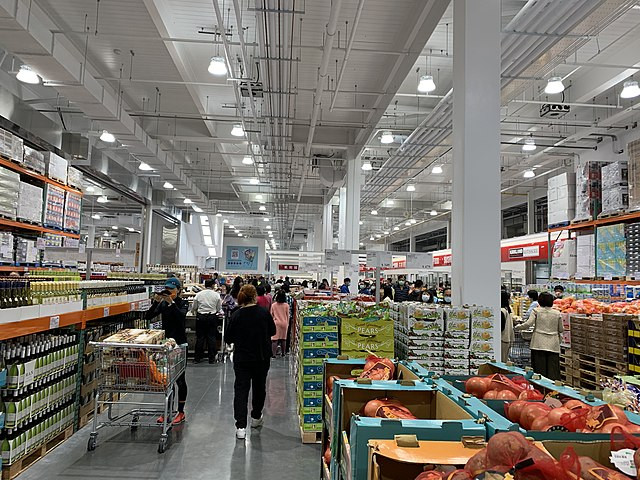Wholesale prices in the United States rose more than anticipated in June, indicating that some inflationary pressures persist despite recent signs of easing. The Labor Department reported that the Producer Price Index (PPI) increased by 0.2% from May to June, surpassing economists' expectations of a 0.1% rise. On a year-over-year basis, wholesale prices were up 2.6%, marking the sharpest increase since March 2023.
The PPI, which tracks the prices producers receive for their goods and services, is a key indicator of inflation before it reaches consumers. Excluding the volatile food and energy sectors, core wholesale prices rose 0.4% from May and 3% from June 2023. The rise in wholesale inflation was primarily driven by a significant 0.6% increase in services prices, particularly higher profit margins for machinery and auto wholesalers. In contrast, overall goods prices fell by 0.5%, with gasoline prices tumbling 5.8% at the wholesale level and food prices also dropping.
Friday's PPI figures came on the heels of a report indicating that consumer inflation cooled in June for the third consecutive month. The Consumer Price Index (CPI) showed a 0.1% decline from May to June, the first such drop since May 2020. On an annual basis, the CPI stood at 3%, its lowest level in more than three years. These mixed signals have fueled speculation about the Federal Reserve's next moves regarding interest rates.
Despite the cooling consumer inflation, JPMorgan Chase CEO Jamie Dimon cautioned that inflation might remain higher than the market expects due to several persistent inflationary forces. "There has been some progress bringing inflation down, but there are still multiple inflationary forces in front of us: large fiscal deficits, infrastructure needs, restructuring of trade, and remilitarization of the world," Dimon said.
The Fed has raised its benchmark interest rate 11 times over the past two years to a 23-year high in an effort to curb inflation. While inflation has cooled from its peak of 9.1%, the central bank remains cautious. Fed Chairman Jerome Powell expressed concern that holding interest rates too high for too long could jeopardize economic growth. He suggested that rate reductions could be on the horizon if inflation continues to show progress.
Economists and investors are closely monitoring the Fed's actions, with many expecting the central bank to begin cutting rates in September. Bill Adams, chief economist at Comerica Bank, noted, "The big picture is that inflation pressures have moderated over the last two years but are still a bit stronger than the Fed would like them to be. With the economy operating in low gear, the Fed thinks the right time to start cutting interest rates is close. But they are planning to cut gradually."
The potential rate cuts are anticipated to lead to lower borrowing costs for mortgages, auto loans, credit cards, and business borrowing, and could also boost stock prices. However, the recent pickup in wholesale prices has added complexity to the Fed's decision-making process.
In the broader economic context, the U.S. economy remains steady but is gradually slowing. Hiring continues to be solid, and unemployment remains relatively low, providing Americans with unusual job security. Despite these positive indicators, the costs of food, rent, healthcare, and other necessities remain much higher than pre-pandemic levels, contributing to public discontent and posing a potential challenge to President Joe Biden's re-election bid.
The mixed inflation data underscores the ongoing challenges the Fed faces in balancing efforts to control inflation with the need to support economic growth. The central bank's next policy meeting at the end of July is expected to maintain current rates, but the September meeting is increasingly viewed as the likely time for the first rate cut.






